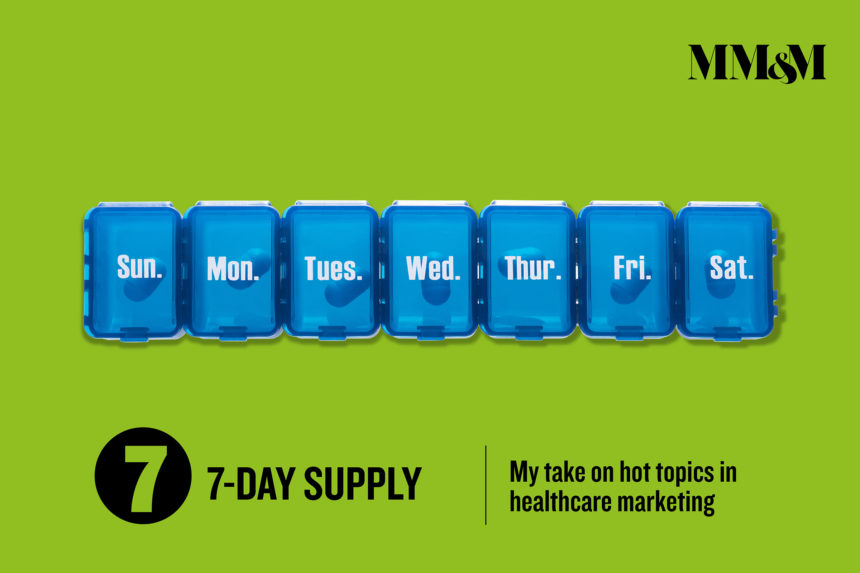It’s long been assumed that younger physicians entering medicine, those who grew up in the age of social media and smartphones, would readily go digital in clinical practice. But how quickly would the profession at large, particularly older doctors, make the switch?
A study released this month shows that, over the last three years, the migration to digital health has picked up markedly. Unsurprisingly, younger doctors have led the charge, but more of their senior counterparts have converted as well. A separate study suggests marketers, too, have increased their use of digital HCP-engagement tactics.
All digital health tools, ranging from EHRs to consumer health portals, have seen increases in physician adoption since 2016, the American Medical Association (AMA) noted. The biggest growth was seen in the category of remote-care tools.
The latter includes televisits/virtual visits (audio/video connections to see patients remotely), where adoption doubled from 14% in 2016 to 28% in 2019, and remote monitoring (mobile apps to track chronic-disease patients), where physician adoption jumped from 13% in 2016 to 22% in 2019.
In the survey, respondents voted up the importance of the ability to provide remote care, as well as another unsung motivator for using digital health tools: reducing stress/burnout. Both advanced in terms of their priority level in doctors’ eyes. “The movements are small but meaningful,” said the AMA, adding that improved efficiency and increased patient safety remain the most important factors driving physician interest in digital health tools.
The data came from the AMA’s Digital Health Study, which the group launched in 2016 to benchmark the integration of technology into clinical practice. It repeated the study last year to assess progress. About 1,300 HCPs responded, split about evenly between primary care physicians and specialists.
“This refresh of the 2016 study confirmed upward trends in the use of and enthusiasm for digital tools, but solidifies that there is still work to do across the industry to achieve adoption and scale,” the group explained.
While more than 87% of physicians registered seeing at least some advantage in such tools, the number of doctors who see no real advantage is on the downswing – and these physicians tend to be over age 50, the AMA said. Older physicians and those less enthusiastic about technology – two cohorts which, not surprisingly, overlap – are catching up in their use to the early adopters.
Meanwhile, over the last few years, the MM&M Healthcare Marketers Report has seen a rise in marketers’ affinity for using digital tactics to reach healthcare professionals. The study, which includes roughly 200 client-side biopharma devices/diagnostics marketers (director-level or above), found that sales reps, meetings/events and sales materials remained the top three channels in the overall budget mix from 2017 to 2019. Yet the industry has been gradually weaning itself from those tactics.
Social media, paid digital ads and websites/microsites came out ahead of paid traditional advertising in the overall channel mix last year. Also in the 2019 study, 93% of respondents said they increased digital HCP tactics like websites, digital ads, social media and mobile apps, versus 92% the year prior. Just 58% said they increased use of sales reps, versus 65% the year prior.
Given the high cost of maintaining a field force and producing live medical events, it’s not at all contradictory to see the bulk of respondents’ budgets going to personal promotion while also observing a steady gravitation toward non-personal, digital efforts. And it’s safe to say that at least some of these changes in the way marketers reach HCPs have been prompted by the technological turnover taking hold in medicine, spurred as it is by generational and demographic shifts as well as physicians’ rising comfort level with digital.
Stay tuned for a full read-out from our Healthcare Marketers Trend study and an analysis of the last three years of data, due out next month.








